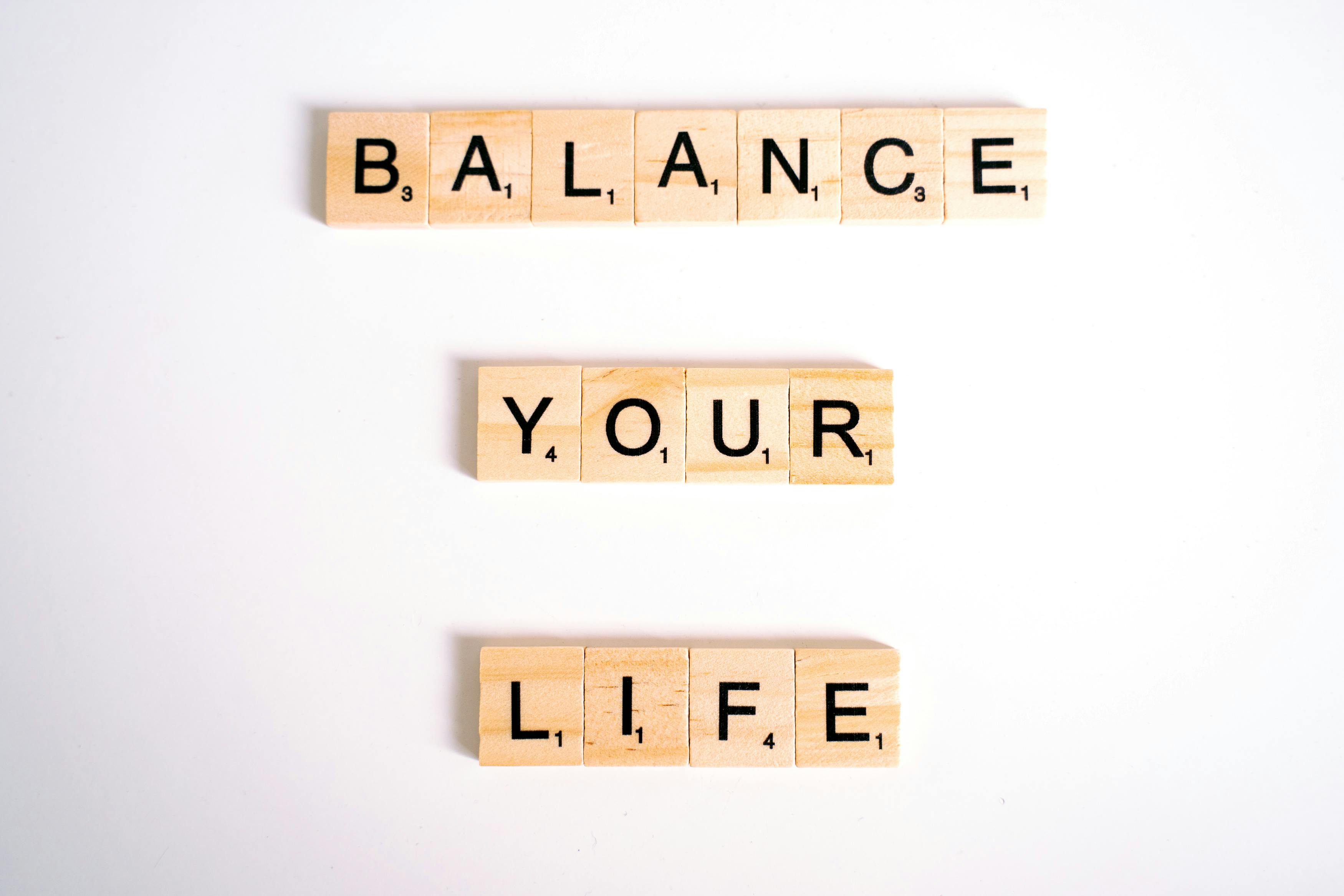
Essential Guide to Recording Audio on iPhone
With the rapid technological advancements in mobile devices, recording audio on an iPhone has become an invaluable skill for many users. Whether you're a student capturing lectures, a podcaster documenting interviews, or a musician recording tunes, understanding how to effectively use your iPhone for audio recording can significantly enhance the quality of your projects. This comprehensive guide showcases various techniques, apps, and best practices for mastering audio recording on your iPhone in 2025.
The primary objectives of this article are to explore the various features and settings available on the iPhone's audio recording applications, to guide you through essential tips for achieving high-quality results, and to provide insights into the best tools for your audio recording needs. By leveraging these strategies, you'll be able to create professional-sounding audio recordings effortlessly.
Key takeaways include understanding the best audio recording apps for iPhone, optimizing audio recording settings, and utilizing features such as voice memo capabilities. Additionally, we’ll delve into editing and sharing options, ensuring that your recordings are not only high in quality but also easily accessible whenever you need them.
Choosing the Best Audio Recording App for iPhone
Top Audio Recording Apps Comparison
When selecting the best audio recording app for your iPhone, consider your specific needs and the unique features of available apps. Popular options include Voice Memos, GarageBand, and Anchor, each serving distinct purposes. For instance, the Voice Memos app is perfect for quick and straightforward audio recordings, while GarageBand offers comprehensive features for those interested in music production. Anchor is a great choice for podcasters, allowing users to record, edit, and publish their episodes all in one place.
Best Practice for Voice Memo App on iPhone
The Voice Memos app is a powerful yet underutilized tool on the iPhone. To maximize its potential, familiarize yourself with its features such as trimming, enhancing audio quality, and sharing options. Remember to set different recording qualities based on your needs; high-quality settings are best for capturing music or detailed conversations while lower settings might suffice for casual notes.
External Microphone Compatibility
While the iPhone's internal microphone is quite capable, using an external microphone can elevate your recordings to studio-quality levels. High-quality microphones, such as the Shure MV88 or Rode VideoMic Me, provide superior clarity and background noise reduction, making them ideal for recording music lessons or interviews. Always ensure that the microphone you choose is compatible with your iPhone model.
Adjusting Audio Levels
Monitoring and adjusting audio levels during recording is crucial for achieving the best sound quality. Pay attention to the input levels indicated in your recording app; peaking can result in distorted sound. Utilize the iPhone's built-in features to adjust levels manually or set them automatically to maintain optimal recording conditions.
Recording Audio in Different Scenarios
Understanding context is key when recording audio. The settings you choose will heavily depend on whether you’re recording interviews, lectures, or personal notes. For busy environments, using directional microphones can be beneficial, as they are designed to pick up sound from specific sources while minimizing background noise. Always test your setup before recording to fine-tune your audio input settings.
Building on these insights into audio recording apps, let’s delve into the practical techniques for directly capturing high-quality audio on your iPhone.
Maximizing Audio Quality When Recording on iPhone
Improving Audio Quality with Settings
Optimizing audio quality starts with configuring your recording settings. Access your app's settings menu to adjust parameters like sample rate and bit depth. These technical specifications determine how sound is captured; for high-quality audio, a sample rate of 44.1kHz and a bit depth of 16-bit is a common standard. Higher settings may enhance quality but will consume more storage space, so balance your preferences with available memory.
Using iPhone for Recording Lectures
For students, capturing lectures effectively is crucial. Position your iPhone in a way that minimizes movement noise while maximizing clarity. Consider using a lapel microphone for better sound capture if recording from a distance. Additionally, utilizing an app with good noise cancellation features will further enhance the listening experience during playback.
Tips for Recording Music on iPhone
For music enthusiasts, the iPhone provides an excellent platform for capturing ideas and full compositions. Leverage apps like GarageBand for multi-track recording, allowing for layering different instruments and vocals. When recording music, ensure to minimize background noise and select a quiet space, ideally with soft furnishings to absorb sound reflections.
Recording Podcasts on Your iPhone
Podcasting has become increasingly popular, and your iPhone can serve as an effective recording tool. Utilize a dedicated podcast app like Anchor to streamline workflow. Don’t forget to test your setup before recording episodes, and consider editing options within the app to refine your final output. The built-in editing features allow for seamless transitions and sound improvement, enhancing the quality of your podcasts.
Capturing Environmental Sounds
Recording environmental sounds can enrich your audio projects, especially for documentaries or creative projects. Your iPhone is capable of high-quality recordings using the right settings. Aim for a balanced distance from the source of the sound, and experiment with recording in various environments to discover unique audio landscapes.

With these techniques to enhance audio quality established, let’s explore how to manage and share your recordings efficiently.
Managing and Sharing Audio Recordings on iPhone
Organizing Audio Files with iPhone
Effective management of your audio recordings ensures easy access and utilization. Use folders within your recording app to categorize recordings based on projects, such as school lectures, music practices, or podcasts. The ease of organization not only saves time but also improves your overall workflow.
Transferring Recorded Audio from iPhone
Transferring recorded audio files to other devices can enhance accessibility. Use cloud services like iCloud or Dropbox to sync audio files with other devices, making them easy to share with collaborators or friends. You can also connect your iPhone to a computer via USB and manually copy files for a more direct transfer.
Sharing Audio Files on Social Media
Once you're ready to share your recordings, most apps offer built-in sharing options directly to social media platforms. This feature allows you to showcase your work easily and engage with your audience effectively. Be sure to adjust privacy settings based on your preferences before sharing any sensitive content.
Editing Audio on iPhone
Editing is crucial for enhancing your audio recordings, and there are various audio editing apps available on the iPhone. Apps like Ferrite and GarageBand allow for comprehensive editing tools, including trimming, adding effects, and noise reduction. Proper editing not only improves quality but also allows for a polished final product.
Collaborating on Audio Projects
Collaboration can significantly improve your audio production value. Consider using apps that allow multiple users to work on the same project in real-time. Ensuring that collaborators are on the same app will streamline communication and editing processes, resulting in a unified final output.
Taking these strategies into consideration helps ensure that your recordings are not only high-quality but also easy to share and manage. Next, we will discuss troubleshooting common audio recording issues on the iPhone.
Troubleshooting Common Audio Recording Issues on iPhone
Identifying Audio Recording Problems
Experiencing issues while recording can be frustrating, but identifying the problem is the first step to resolving it. If you're noticing low audio quality or unclear recordings, it could be due to various factors such as microphone obstruction or background noise. Check settings and the environment, ensuring you have a clear path for sound capture.
Checking iPhone Storage for Audio Recordings
Recording audio consumes storage, so ensure there's adequate space on your iPhone. Regularly check storage in your device settings and consider deleting or transferring unnecessary files. Maintaining optimal storage not only enhances recording efficiency but also keeps your device running smoothly.
Fixing Background Noise in Recordings
Background noise can detract from audio quality, especially in non-ideal environments. Utilize noise reduction settings in editing apps or employ techniques such as choosing the right recording location. Soft furnishings can absorb unwanted sounds, so consider recording in a carpeted room or using sound-insulating materials to reduce echo and interference.
Adjusting Audio Recording Permissions
Sometimes, audio recording issues stem from permission settings on your iPhone. Ensure that your recording app has the necessary permissions to access your microphone. Navigate to your iPhone settings, select the app in question, and check permissions to make necessary adjustments.
Utilizing Support Resources for Further Help
If further issues arise, don’t hesitate to consult the support resources provided by Apple or the app developers. Online forums, user communities, and official help articles can offer valuable insights and solutions from other users who encountered similar problems.

Q&A Section for iPhone Audio Recording
What is the best app for recording audio on iPhone?
The best app for recording audio on iPhone depends on your needs. For simple notes, the Voice Memos app is effective. If you’re creating music, GarageBand is optimal due to its advanced features. For podcasting, consider Anchor for its user-friendly interface and integrated publishing options.
How can I improve audio quality while recording on my iPhone?
To enhance audio quality, utilize external microphones, adjust audio settings within your app, minimize background noise, and select an appropriate recording environment. Regular practice and testing can also improve your techniques over time.
Can I transfer recordings from iPhone to a computer?
Yes, you can transfer recordings from iPhone to a computer via USB connection or by using cloud services like iCloud or Dropbox for seamless syncing. This allows for easy management and further editing of your audio files.
Are there any free audio recording apps available?
Absolutely! Apps such as Voice Memos, Audacity, and Anchor offer free options that cater to various audio recording needs. Explore these to find one that aligns with your recording goals.
How do I edit recorded audio on my iPhone?
Editing recorded audio can be done using apps like GarageBand or Ferrite. These apps provide tools for trimming, noise reduction, and adding effects. Explore each app's features to effectively refine your audio projects.
Utilizing these tips will significantly enhance your ability to create high-quality audio recordings on your iPhone, empowering you to utilize this powerful tool in diverse and creative ways.